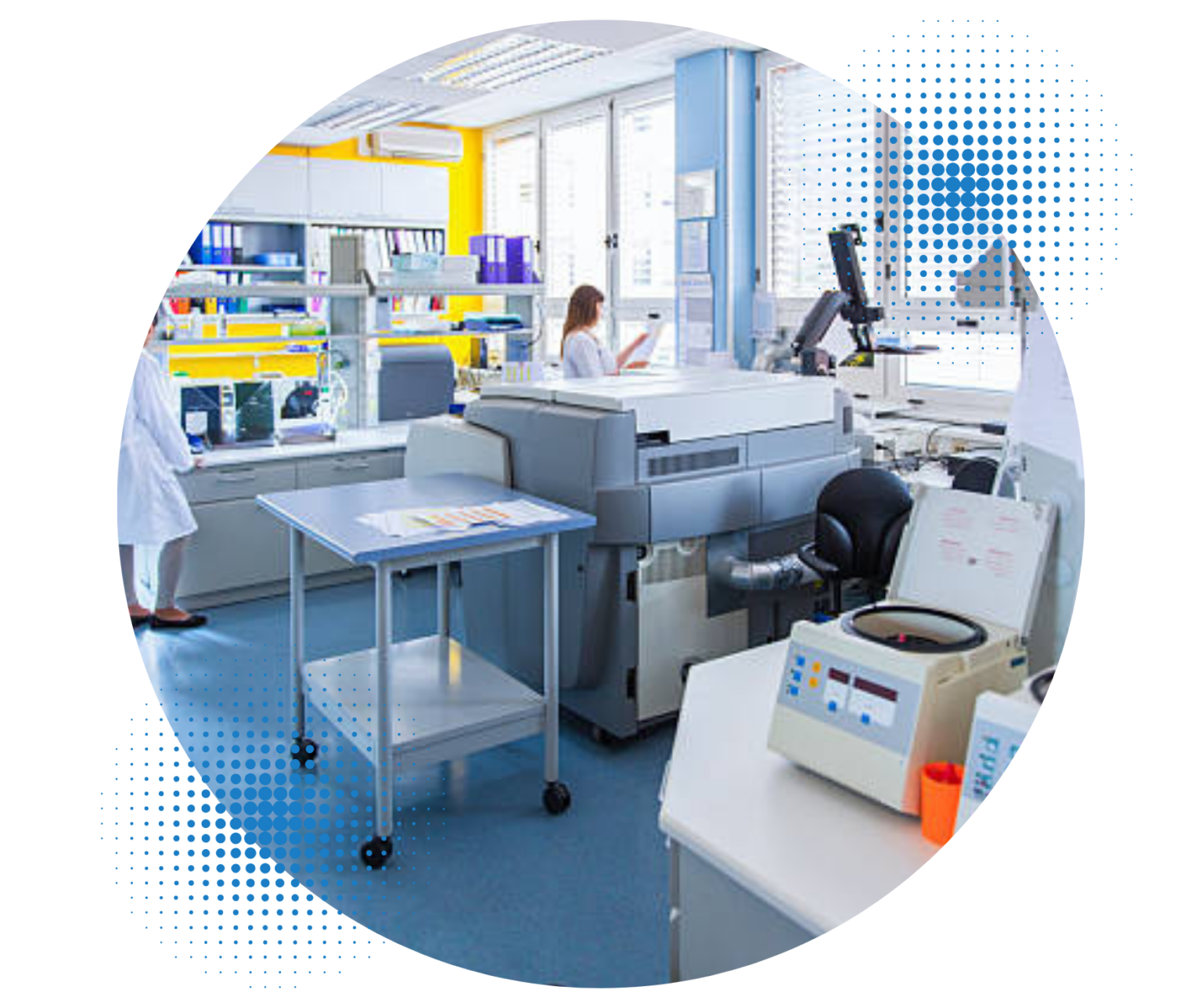Extractables & Leachables (E&L)
Extractables & Leachables (E&L) refer to the study of potential chemical compounds that can migrate from a product, such as a drug delivery systems, packaging, or medical devices, into the environment or directly into the patient. Extractables are chemical compounds that can be extracted from a product under laboratory conditions. Meanwhile, Leachables are compounds that migrate from drug delivery systems, packaging or manufacturing equipment into the drug that is administered to patients
Extractables & Leachables (E&L) studies are important in ensuring the safety and efficacy of products used in healthcare. Gateway Analytical offers various E&L services for pharmaceutical and medical device companies on their journey to market, including USP <661>, USP <661.1> <661.2>,<665>, method development and validation, impurity identification, materials characterization, regulatory support, and beyond.
Extractables and Leachables Testing isn’t just about regulatory compliance; it’s a commitment to patient safety and product integrity.
We cover a broad spectrum of analytical services from process and formulation development to product-package validation, clinical and commercial manufacturing, quality control, and release testing. Our services are designed to de-risk product development and fast-track new life-saving treatments to the market. With decades of specialized experience in visible particle characterization, subvisible particulate release testing, container closure integrity testing (CCIT), and extractables and leachables (E&L) testing, we’re equipped to support your journey to market with precision and expertise.

Managing E&L Challenges
Gateway Analytical provides robust E&L solutions to ensure the rigorous standards of quality and safety for a variety of healthcare products. Our services range from impurity identification, method development and validation, to materials characterization, and regulatory support; providing integral services for pharmaceutical products on their way to market
Current Analysis Capabilities
- Fully compliant with cGMP / 21 CFR Part 11 / ISO 17025
- Non-volatile compound analysis via high-resolution accurate mass spectrometric instrumentation (Waters G3 QToF, coupled to a Waters Acquity UPLC with PDA)
- Allows for compound identification as well as the generation of molecular formulas using accurate mass and isotope spacing information, for any previously unknown ionizable compound
- MS/MS fragmentation capabilities to further drive structural elucidation
- We can perform positive analyte confirmation with the use of analytical standards, combined with chromatographic retention time, accurate mass/isotope spacing, and fragmentation pattern information
- Semi-volatile compound analysis via direct injection ALS GC-MS & Volatile compound analysis via headspace sampling GC-MS
- Elemental impurity analysis via ICP-MS through fully audited and qualified partner laboratories
- Compound identification and deconvolution capabilities supported by the NIST/Wiley 2020 Mass Spectral Library
- We can support assay testing, targeted trace analyses, and known and unknown impurity characterization/identification
- Intact mass analysis of proteins, peptides, MS/MS sequencing, as well as examination of various post-translational modifications
- Nitrosamines analysis
Frequently Asked Questions
What is the Difference Between an Extractable and a Leachable?
We use the term “Extractable” to refer to any compound can be extracted from the packaging/manufacturing materials of interest under both the nominal conditions of use, as well as under additionally aggressive extraction conditions, which can help facilitate compound identification, and provide a worst-case extractable scenario.
“Leachables”, refers to a compound that is observed to leach into the drug product from the packaging and/or container closure system under expected storage conditions.
What Does the Term “Leachables” Mean?
Leachables, or the leachable profile of a drug product refers to the list of compounds that are observed to leach into the drug product from the packaging and/or container closure systems that contain the drug product.
What Does an Extractable Study Look Like?
In an extractable study, we can perform extractions on materials involved in the packaging and manufacturing of the drug product that have the potential to impart leachables into the system (including primary and secondary container closure systems).
Each material can be treated with a variety of extraction solvents that allow us to investigate the anticipated contacting media for that material, as well as additionally aggressive solvents to provide a “worst-case” evaluation.
All of the extractable compounds observed in excess of the predetermined limit (Analytical Evaluation Threshold, or AET) are then reported, along with any available structural information to support identification and risk analysis.
What Does a Leachable Study Look Like?
In a leachable study, a set of drug product samples are aged at nominal and/or accelerated stability conditions in the final container closure system and are evaluated for leachables at multiple timepoints. The purpose of this study is to screen the
samples for any leachables over time at the accelerated and actual conditions of storage.
Any leachables observed during this study in excess of the pre-determined limit (Analytical Evaluation Threshold, or AET) are then reported, along with any available structural information to support identification and risk analysis.
When Should Extractable and Leachable Studies be Performed?
We recommend performing extractable studies once the manufacturing and assembly process for your drug product is determined to ensure the data is as relevant and useful as possible to support your regulatory submissions.
Leachable studies should be initiated as soon as possible following selection of your final container closure system. This is recommended to avoid any potential delays as these studies require aging of the drug product on stability, which can take up to two years at nominal conditions.
What are Common Extractables and Leachables in Pharma?
The most commonly observed extractable and leachable compounds in pharma are those associated with extended exposure to the drug product, and would include a variety of antioxidants, plasticizers, slip agents, lubricants, etc. Examples of components that can significantly contribute to the extractable and leachable profile of your drug product are any vial stoppers, spray pumps, and other plastic primary packaging components. Inks components have been known to migrate through the secondary packaging and into the drug product but is far less common. Evaluation of both the primary and secondary packaging componentry is key to ensuring drug product safety.


